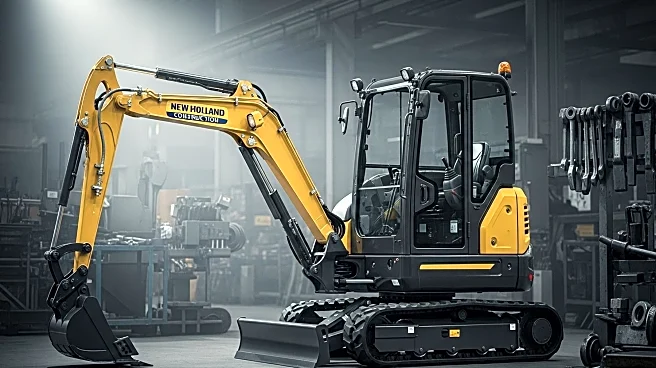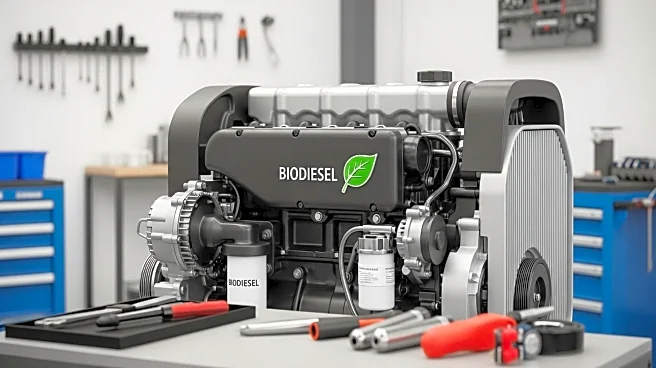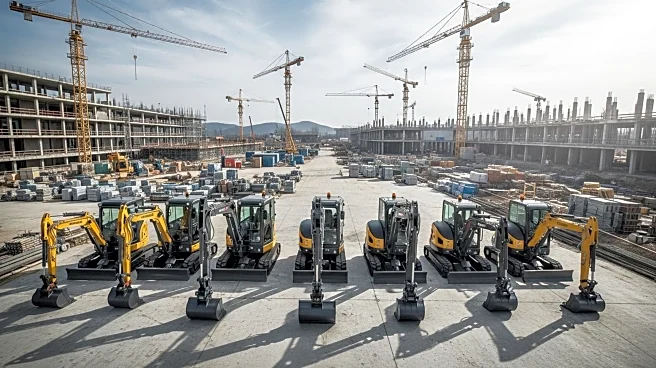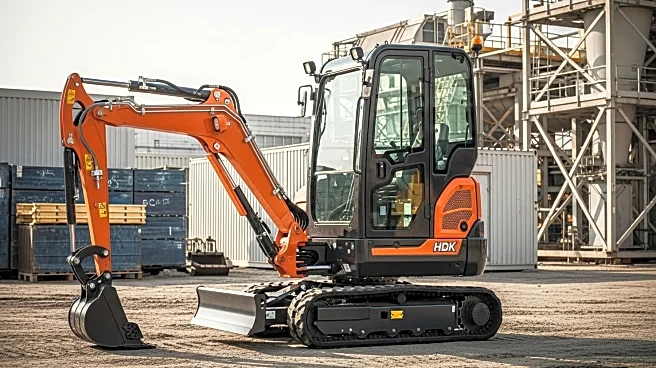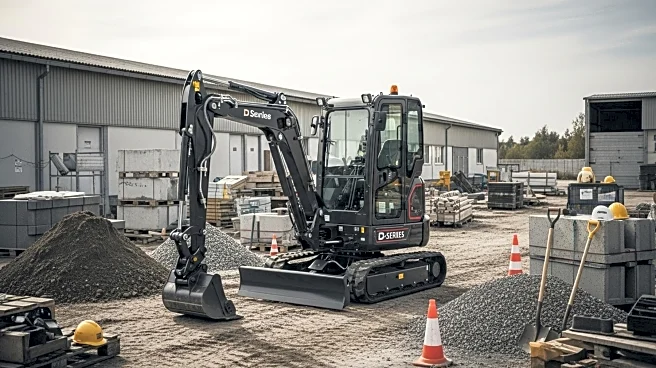What is the story about?
What's Happening?
New Holland Construction has introduced its D-Series mini excavators, including the E42D and E50D models, marking a strategic shift towards vertical integration in its manufacturing processes. By bringing design and production in-house, the company aims to enhance the performance, durability, and operator experience of its equipment while reducing reliance on third-party suppliers. This move aligns with broader industry trends towards supply chain resilience and technological differentiation. The D-Series models are designed to address key challenges in the construction and agricultural sectors, featuring innovations such as zero tail swing and fuel-saving technologies. Despite these advancements, CNH Industrial, New Holland's parent company, reported a 21% year-over-year revenue decline in Q1 2025, highlighting the broader economic challenges facing the industry.
Why It's Important?
The introduction of the D-Series mini excavators represents a significant step for New Holland in enhancing its market competitiveness through vertical integration. This strategy allows the company to better control quality, reduce lead times, and quickly adapt to market demands, potentially mitigating risks associated with supply chain disruptions. However, the broader financial performance of CNH Industrial suggests that while vertical integration can offer operational efficiencies, it may not be sufficient to counteract macroeconomic pressures. The success of the D-Series could influence New Holland's ability to capture a share of the growing mini excavator market, projected to reach $10.43 billion by 2029.
What's Next?
New Holland plans to expand its D-Series lineup with larger models and advanced features, aiming to compete with industry leaders like John Deere and Kubota. The company's ability to scale production and maintain cost efficiencies will be crucial in achieving its strategic goals. Additionally, CNH Industrial's 2025 Strategic Business Plan targets significant operational and quality cost improvements by 2030, with the D-Series expected to contribute to these objectives. Investors and industry stakeholders will be closely monitoring the adoption rate of the D-Series in key markets such as North America and Asia Pacific.
AI Generated Content
Do you find this article useful?
